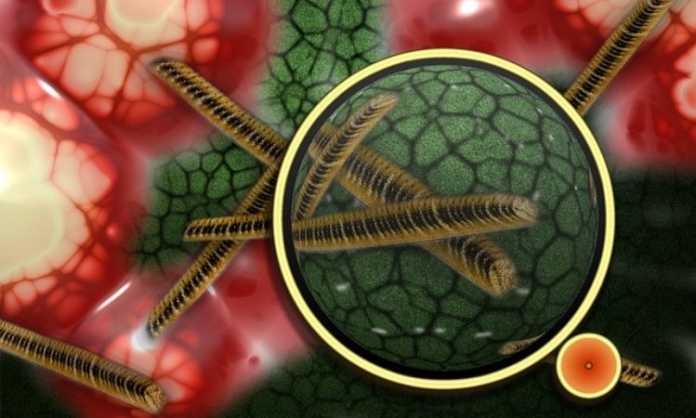With their ability to magnify objects that are beyond what the naked human eye can see, microscopeshave certainly changed the way we do things, not just in the different fields of science, but also in the world of business.
Today’s microscopes are beasts when it comes to precision and optical efficiency. Not only are modern microscopes typically equipped with best-in-class optics, they are also fitted with modern linear stages, which allow their optical accoutrements to make precision movements along the XYZ axes.
In this article, we’ll fill you in on some of the most important uses of microscopes in the world today.
Quality Assurance and Quality Control
Perhaps, the most critical role that microscopes play in business is their use in quality assurance and quality control processes. They are used for procedures such as defect analysis, product reliability testing, and research and development across a full spectrum of industries, including semiconductors, electronics, industrial machinery, home appliances, automotive, aerospace, and a whole lot more.
There are many types of microscopes that can be used in these procedures, including scanning acoustic microscopes and scanning electron microscopes.
Failure Analysis
An extension of the first function is failure analysis, which is the process of gathering and studying data in order to determine the cause of a product or system failure. By delving into the root cause of product failure, businesses or manufacturing companies will be in a better position to establish corrective actions and improve their manufacturing processes and efficiencies.
Counterfeit Detection

Another important function of microscopes in business and manufacturing is their use in counterfeit detection. Microscopes are widely employed in counterfeit electronic component detection, in particular, because investigators use them to observe the surface details, minuscule indents, or proprietary markings or characteristics on electronic components to determine if they are genuine or not.
Biological Sciences
As you can probably imagine, one of the most important tools used in the different fields of biology is the microscope. Not only are the vast majority of organisms in the world invisible to the naked eye, even the largest multicellular plants and animals are mademicroscopic components that can only be observed with help from microscopes.
For instance, microbiologists use them to study microscopic organisms like viruses, bacteria, algae, fungi, protozoans, and microscopic parasites. Cell biologists can also use microscopes to study the structure and function of pant and animals cells.
Medical Diagnostics and Research
An offshoot of the biological sciences are the different medical fields that also use microscopes, either for research or in order to diagnose diseases. For instance, medical microbiologists are concerned with the prevention, diagnosis, and treatment of infectious diseases, and they use microscopes to study pathogens.
Histopathologists, on the other hand, can perform microscopic examinations on tissue samples to study telltale manifestations of diseases like cancer. In many hospitals, laboratories are typically manned by medical technologists, who analyze and test tissues and body fluids using microscopes and advanced analyzers.
Forensic Science
Forensic science is the scientific field concerned with the collection, preservation, and study of scientific evidence from crime scenes, which are vital during the course of an investigation of a crime. Microscopes are indispensable in this field because accurately pinpointing who’s liable for a crime will not only help capture the person responsible, it will also prevent the unjust incarceration of anyone who is wrongfully accused.
Earth Sciences
The earth sciences or geo sciences are the branches of science that deal with the physical constitution of the earth, its waters, and its atmosphere. Whether it’s the structure of rocks, soil, or sediments or the chemistry of salt water, fresh water, or the air, many of these can be studied only with aid from a microscope.
Without microscopes, it will be very difficult to observe and learn from the world of the invisible. What other benefits of this critical device can you think of?



























